I caught these six Pheidole xerophila queens in the Mojave Desert, in Southern California, August 26th 2013, the evening after a big rainstorm blew through. These were all found as dealates wandering around.
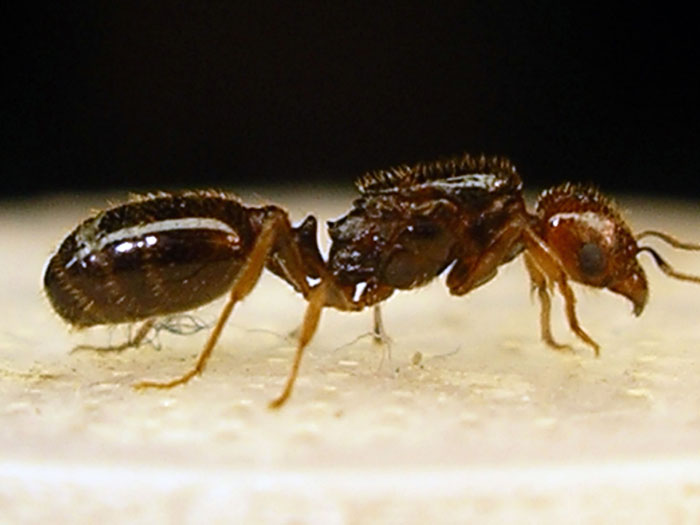
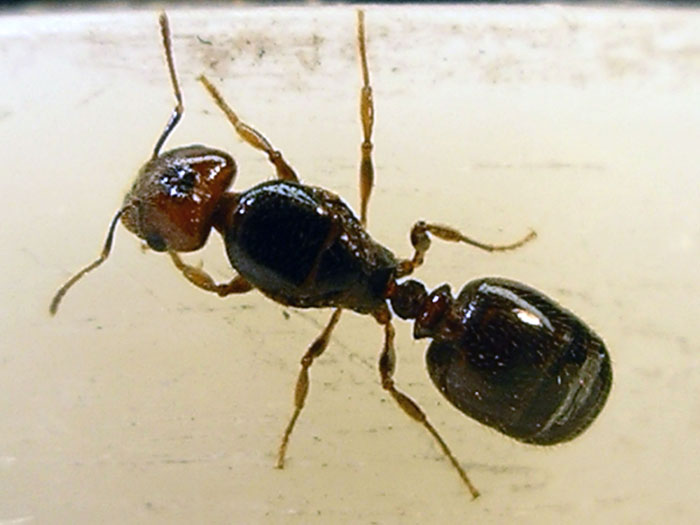
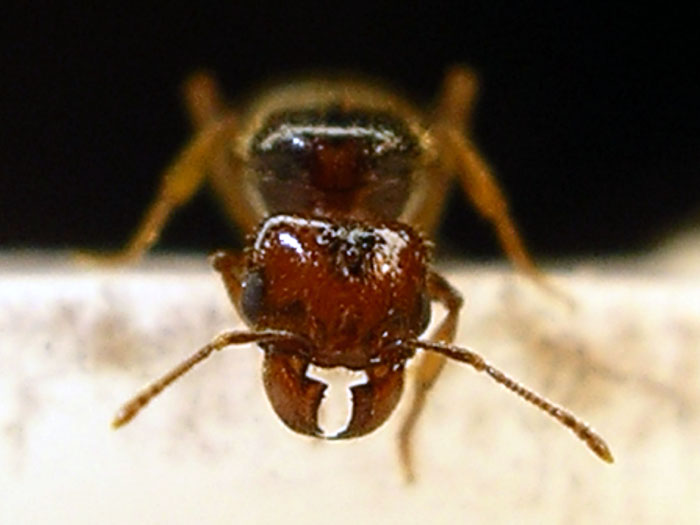
Updated microscope pictures
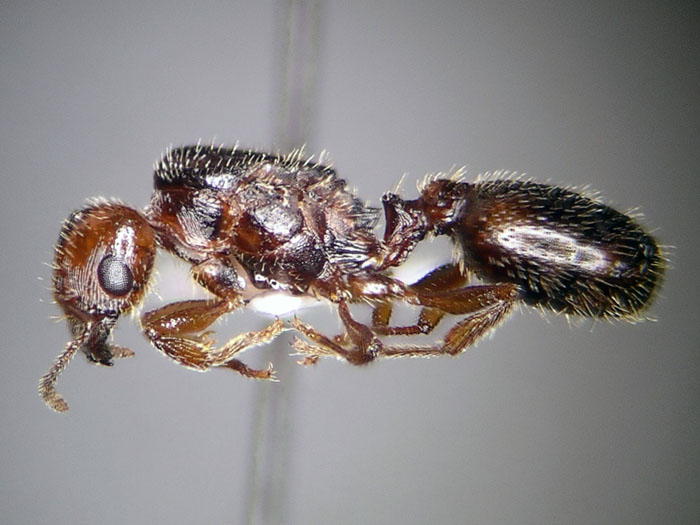
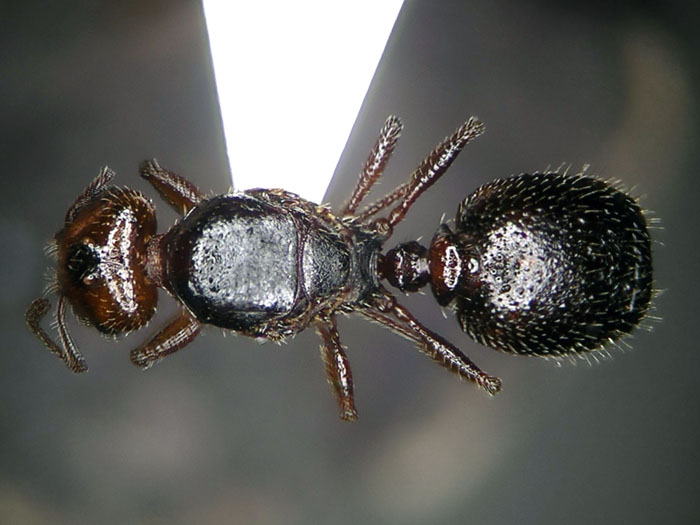
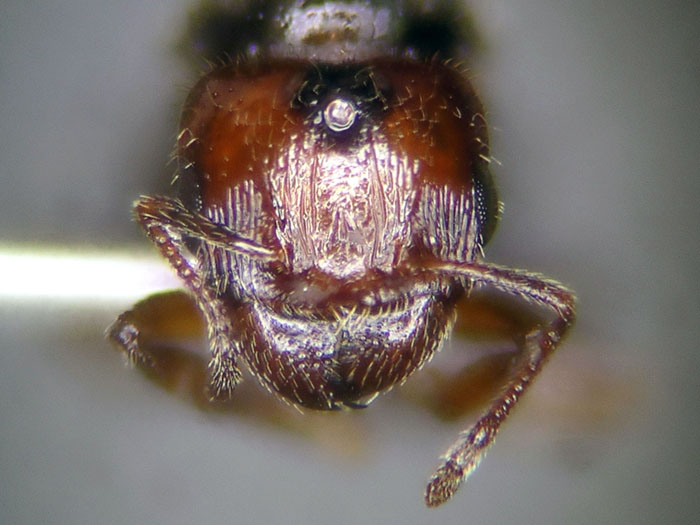







Update 8-29-2013
A couple of the queens laid a few eggs.
Update 9-10-2013
One of the queens just died.
Update 9-12-2013
Another queen died, leaving just four left, two of which have eggs that don't seem to be developing.
Update 9-21-2013
One of the queens whose eggs don't seem to be developing has died.
Update 9-26-2013
The other queen with the eggs that aren't developing has died. The remaining two queens seem to be more healthy. They both have a few pupae now, although one of them seems to be neglecting her brood, and even has what looks like one nanitic that's already eclosed and died.
Update 9-29-2013
The queen that was neglecting her brood has now died. The remaining queen seems to be doing well, and today had her first worker eclose.
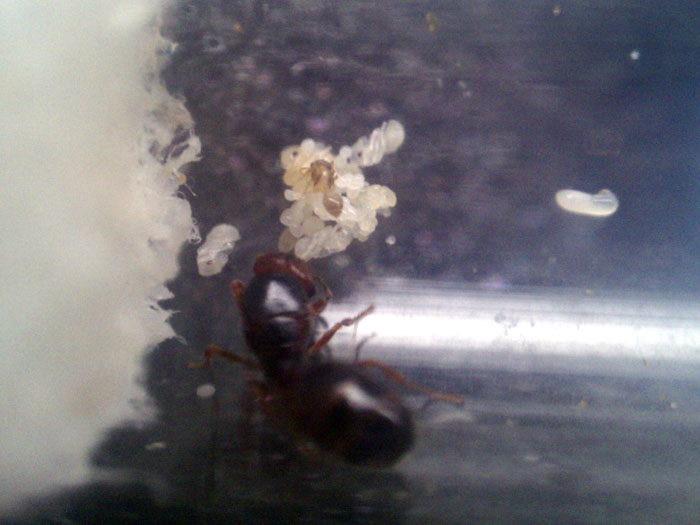
Here she is cleaning and helping to eclose her very first nanitic worker.
Update 3-18-2014
The queen had up to six workers for a while, but then they slowly died off. She has been laying very few eggs, and at this point only has three larvae, and one worker.
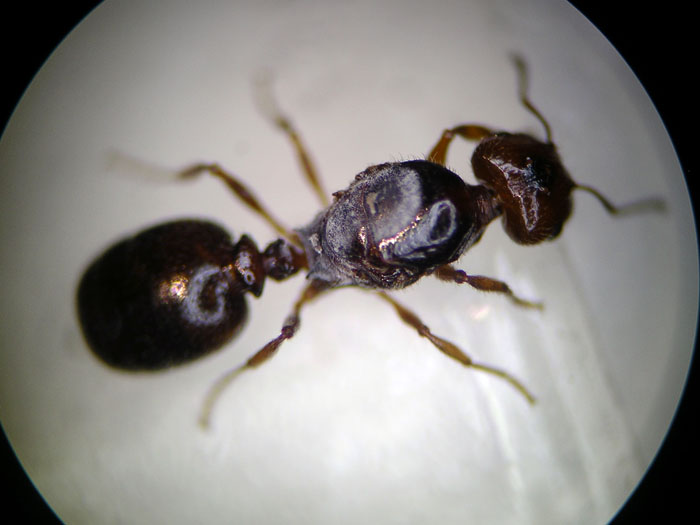
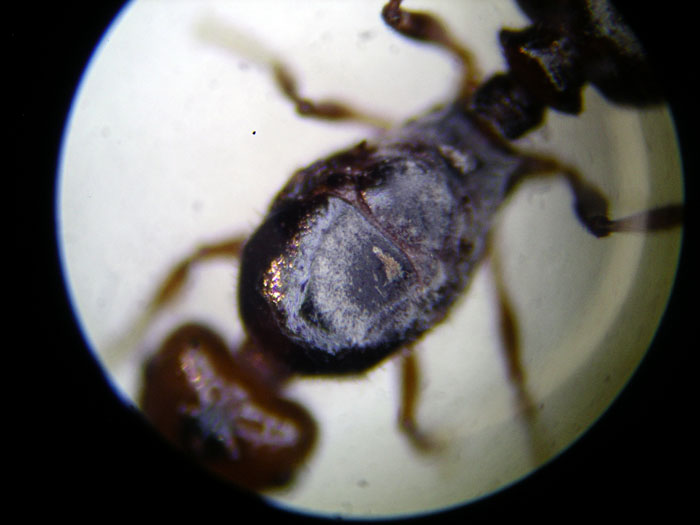
Update 6-3-2014
The queen finally died. ![]()
This colony has been doing bad since day one it seems. Sorry for your loss.
Yeah the whole species did not do well for me at all, or at least the six or so queens I found anyway. I expect to find more later this year, so hopefully I will get some that are a little more healthy this time.
I hope so too, they look like a fun species.
That video you uploaded of these males swarming on 8-22-2014, where did that take place?
Right off the 10 freeway, about 50 miles east of the entrance to Joshua Tree National Park.
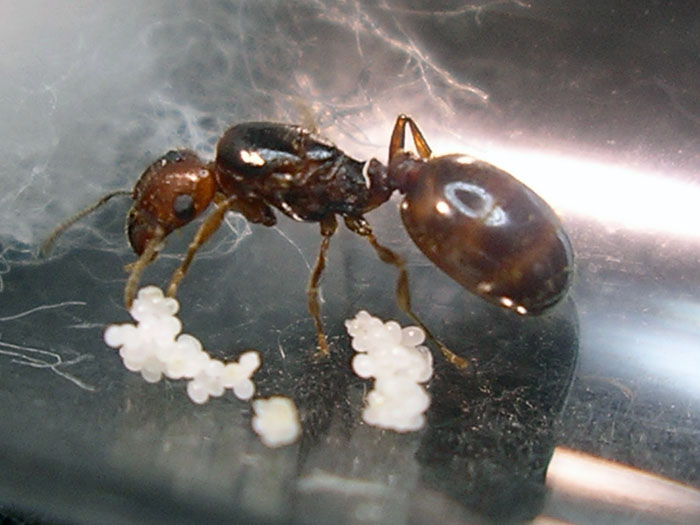
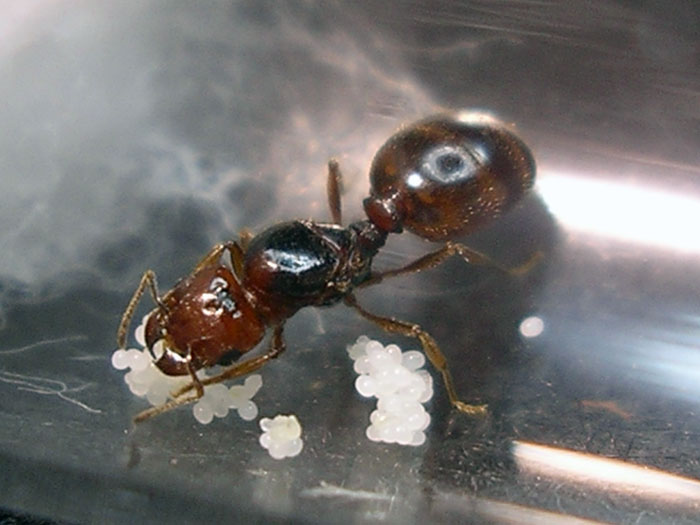
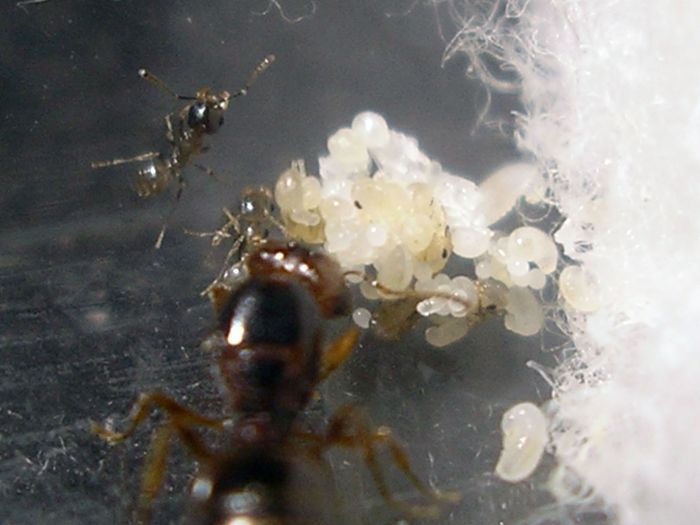
How many of the are fertile so far?
Update 9-30-2014
I'm down to only seven of these now, after one colony drowned in a test tube flood. Only four of them have workers and developing brood, the other three I'm not sure about. The first colony to get workers flooded also, but I managed to save them. The largest colony now has 18 workers.
I haven't experienced a test tube flood, yet. Is there any specific reason, other than time, that would cause this?
The good man is the friend of all living things. - Gandhi
Usually the it's the cotton for the water source in the test tube, ants like pulling on the cotton so yeah, or the cotton isn't enough to hold the water.I haven't experienced a test tube flood, yet. Is there any specific reason, other than time, that would cause this?
0 members, 1 guests, 0 anonymous users